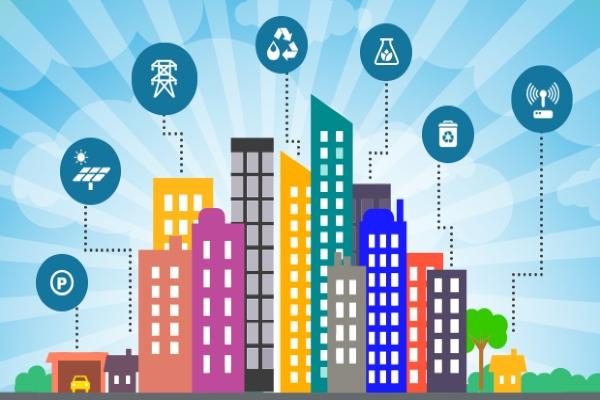Published on the 07/09/2016 | Written by Beverley Head

Technology standard for smart cities pushed along…
Borrowing from a UK developed initiative, Australia is getting behind the Hypercat standard as the technical underpinnings for Internet of Things (IoT) based smart city initiatives that monitor everything from air quality to traffic flow. It’s part of an “Anglo-Australian collaboration (which) aims to establish Hypercat as a global standard.”
Having a standard is necessary to expose different IoT devices which measure or monitor different things while promoting interoperability. The only alternative would be bespoke connections or individual monitoring networks – both of which are at odds with the concept of a smart city where everything works in concert.
The initiative was unveiled at an event in Sydney this week at KPMG – which last week announced that it was pioneering an IoT business unit.
The company has also festooned the roof of its building in Sydney’s CBD with an IoT gateway that will allow systems to be tested in the Barangaroo part of the city. A joint venture between KPMG and the IoT Alliance of Australia, the Barangaroo Community gateway uses the LoRaWAN standard for low power long range IoT systems, and will allow anyone within a 3-5 Km radius of the KPMG tower to connect IoT devices for free for protoyping, testing, solution development and learning. Up to 1,000 devices can be connected.
Officially switching on the gateway, Mitch Fifield, Minister for Communications, acknowledged the “evangelical fervour” now surrounding the IoT. He confessed though that he was no technology prophet and that the prospect of billions of things connected over the internet “hurts your head.”
He said that globally 6.4 billion devices were currently connected, and that this would rise to 20.8 billion by 2020.
What might hurt heads even more, in the meantime, is the search for available spectrum for IoT devices (the Barangaroo gateway operates in the industrial and scientific spectrum at 91.5 MHz) and the security frameworks needed to protect IoT enabled cities and corporations. The IoTAA has six workstreams currently exploring the challenges that need to be overcome before IoT is able to achieve its full potential.
Fifield said that the role of government in encouraging IoT was; “In some cases to establish the regulatory environment to encourage investment and infrastructure… to remove barriers to development of new technologies and the management of spectrum is a case in point.”
That he acknowledged was a challenge as spectrum remained finite, and would be further impacted by the dawn of 5G telecommunications services. While a review of spectrum arrangements is underway, Fifield acknowledged that at present they were too rigid given the pace of technology progress.



























